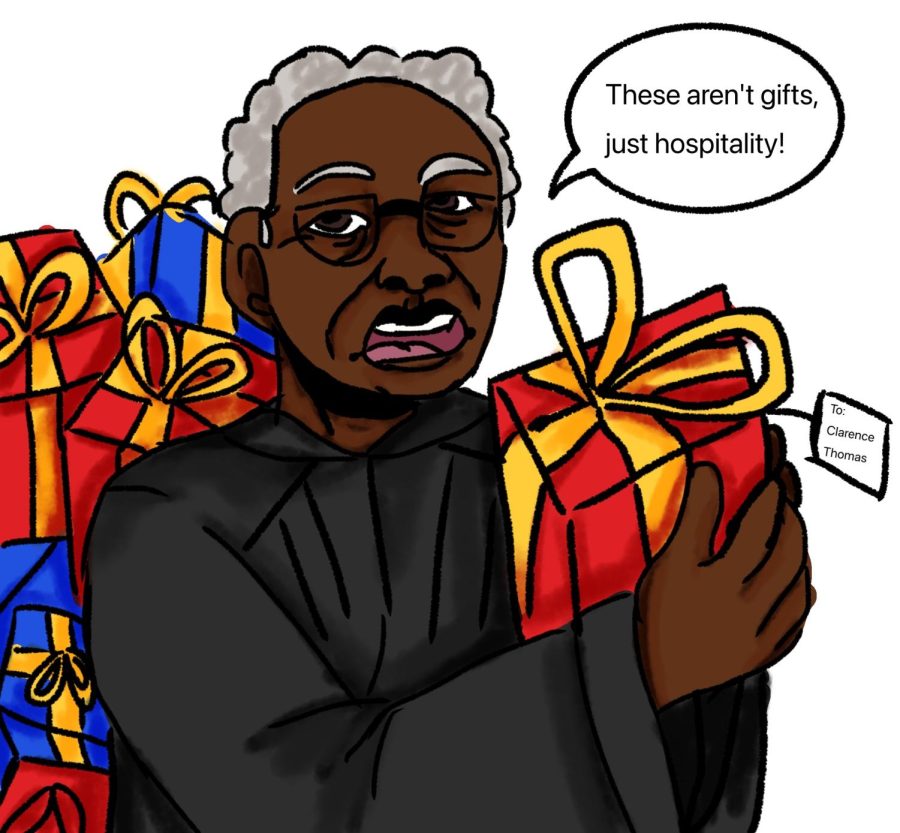The Center for American Progress reported that about 120 million eligible Americans did
not participate in the 2018 November midterm elections. Voter apathy can only take part of the
blame for why Americans continuously do not cast their ballot in both presidential and municipal
elections.
Voter suppression prevents many eligible Americans from exercising their most fundamental
right. States target minorities and historically-marginalized groups to make it more difficult or
impossible for them to vote. Thousands of votes are negated in every election due to obstacles
such as barriers in the registration process, gerrymandering, misinformation and discrimination.
Long lines turn away voters who cannot take time off work. According to CAP, in the 2016
election, 3 percent of people standing in line were forced to leave before voting. Impoverished
communities and minorities are targeted in voter purges – a process in which states remove
people who haven’t voted, often in as few as two past elections.
According to a 2018 Brennan Center for Justice report, between 2014 and 2016, states
removed 16 million eligible voters. The highest number of voter purges took place in states with
histories of discriminatory voting practices.
Minor misspellings or missing hyphens on registration forms can hinder registrants from
voting. Before the 2018 midterm election, 53,000 voter registrants in Georgia – 70 percent of
whom were black – were in a pending status due to minor errors on their forms. A federal judge
intervened four days before the election, but the registrants still had to gather documents to
prove eligibility on a short notice.
Voter suppression happens through moving poll sites away from public transportation limits,
so people have a harder time getting to the new location. It isn’t uncommon for politicians to
give the wrong information about polling locations.
The United States has the highest incarceration rates and strictest disenfranchisement
policies compared to other countries. Except in Maine and Vermont, felons and parolees are
ineligible to vote; in 21 states, felons lose their voting rights during incarceration and for a
lengthy period of time after, but felons lose their voting rights indefinitely in 11 states.
According to the National Association for the Advancement of Colored People, the United
States makes up about 5 percent of the world’s population and has 21 percent of the world’s
prisoners. African Americans are incarcerated at more than five times the rate of whites.
Marginalized communities such as minority and impoverished groups are disproportionately
targeted, so incarceration rates are higher for these communities. But when the right to vote is
taken away from these groups, their ability to effect change is also taken; thus, the cycle of
targeted incarceration and voter suppression continues.
Felon disenfranchisement keeps a large population of minorities from voting despite most of
their convictions being for minor drug charges. In close elections, similar to Kentucky’s 2019
gubernatorial race, felon and parole votes could swing the outcome. The NAACP reports that if
African Americans and Hispanics were incarcerated at the same rates as whites, prison and jail
populations would decline by almost 40 percent.
Presidential elections are often depicted as the most important way to take political action
and make a difference. They are extremely important, but local elections are equally – if not
more – crucial. Presidents and presidential elections receive the most publicity, which becomes
representative to the disproportionate amount of attention that Americans give to them and not
local officials.
Local officials have much more of a direct impact on citizens’ lives. Focusing primarily on
national politics results in local leaders misrepresenting districts and states. Giving little
attention, thus fewer votes, to local elections makes it extremely likely for unfit leaders to take
office.
Voting in local elections means voting for the officials who make decisions on roads, public
safety, water conditions, sewer systems and etc. while balancing economic and budgetary
challenges. Change takes place in various ways, but one of the easiest and most impactful
ways to make one’s voice heard is through municipal government.
Although voter turnout is low in local elections, rates have increased over the past decade.
According to an article from the Center for American Progress, voter participation was over 10
percentage points higher in the 2018 midterm election than the 2014 midterm election.
Hopefully, the number continues to increase in the future.





























































































